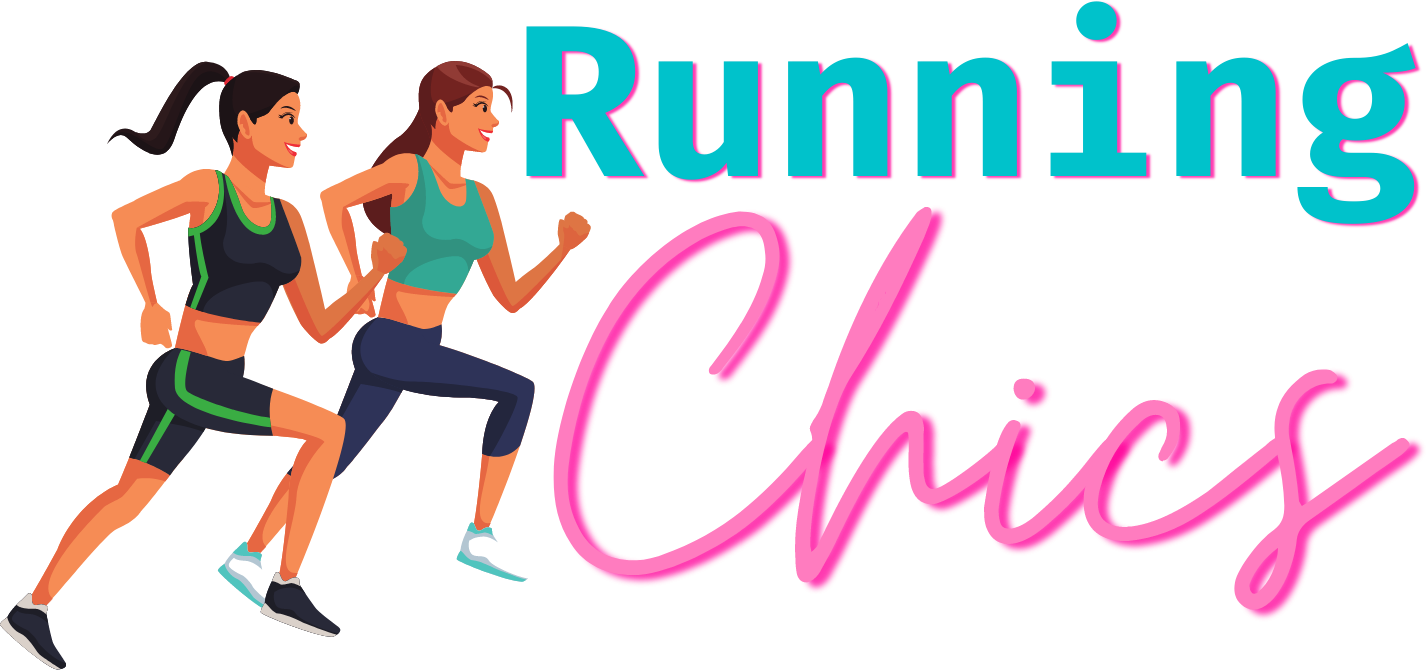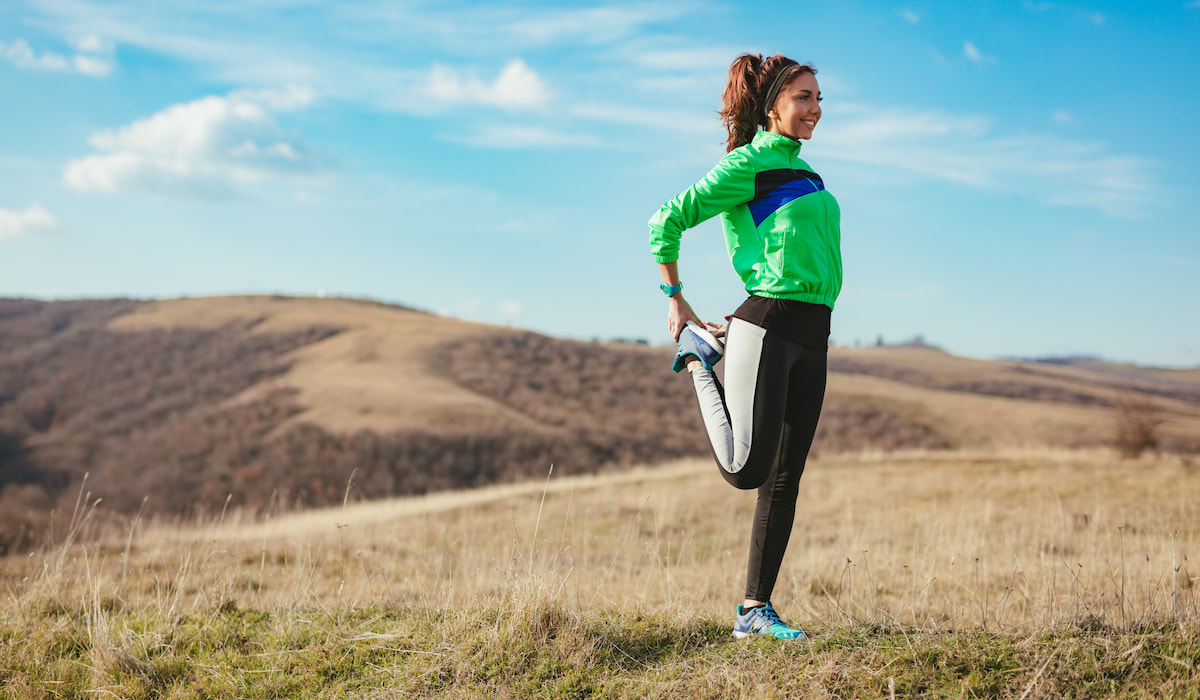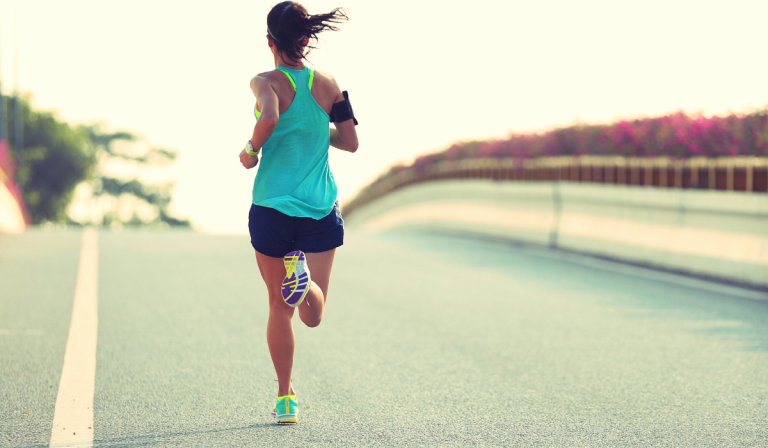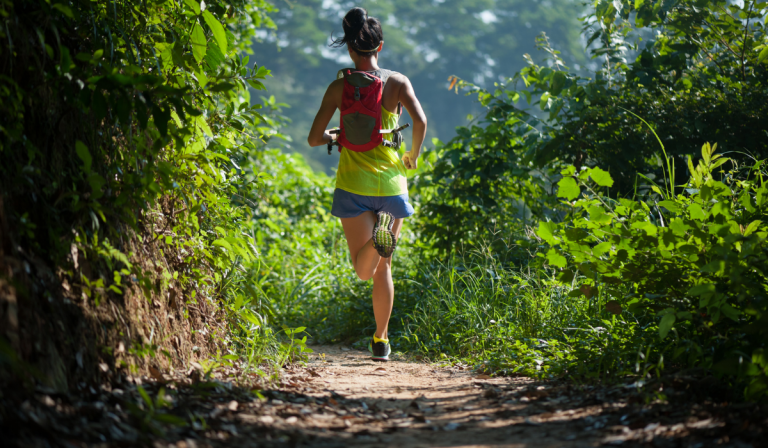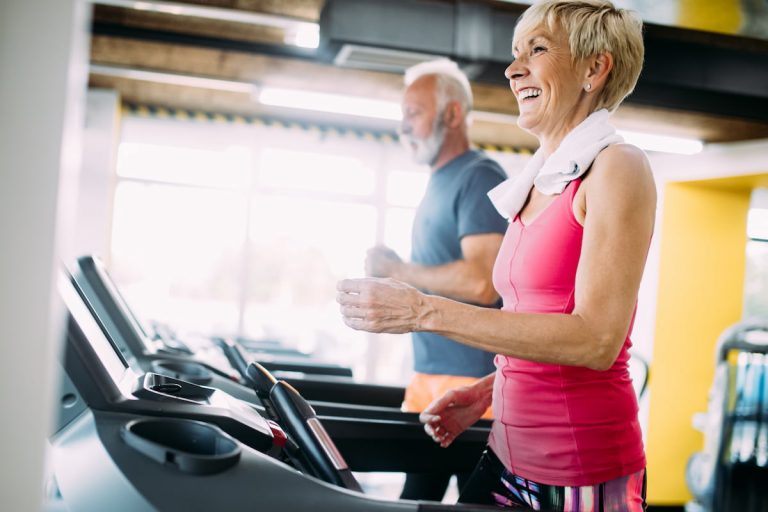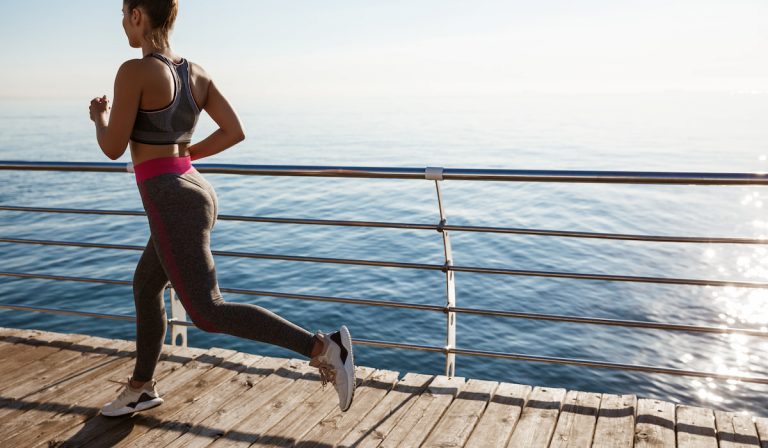How Do I Prevent and Treat Runner’s Knee?
From direct impact to overuse, weak muscles, and misaligned bones, many factors can make you susceptible to runner’s knee, a term used to describe any pain around the kneecap or patella.
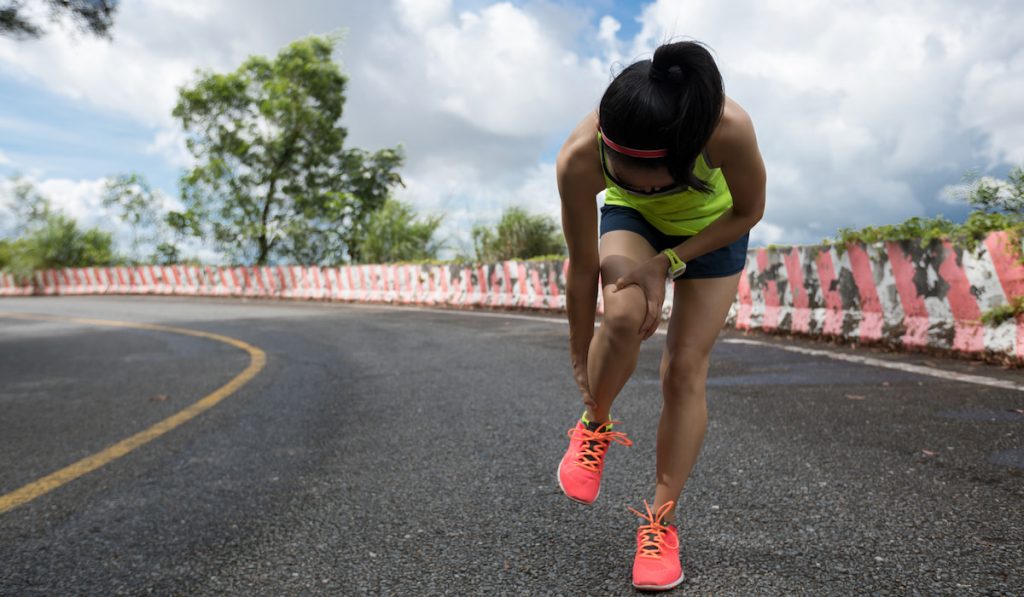
How Do You Prevent Runner’s Knee?
As the old saying goes, an ounce of prevention is worth a pound of cure, and with a few preventative steps, you can reduce your chances of getting runner’s knee.
Here are some tips to help keep you from getting runner’s knee.
- Avoid running on hard surfaces such as concrete.
- Always warm up before your workout sessions.
- Strengthen your thigh muscles with regular exercise.
- Maintain a healthy weight and stay in shape.
- Wear shoes that offer sufficient support and replace insoles with load-distributing inserts to improve stability and balance.
- Replace old and worn-out shoes.
- Talk to your doctor or physical therapist about other ways to prevent runner’s knee, like wearing knee braces while running.
- When adding intense routines to your workout, you should gradually add them to give your body time to adapt.
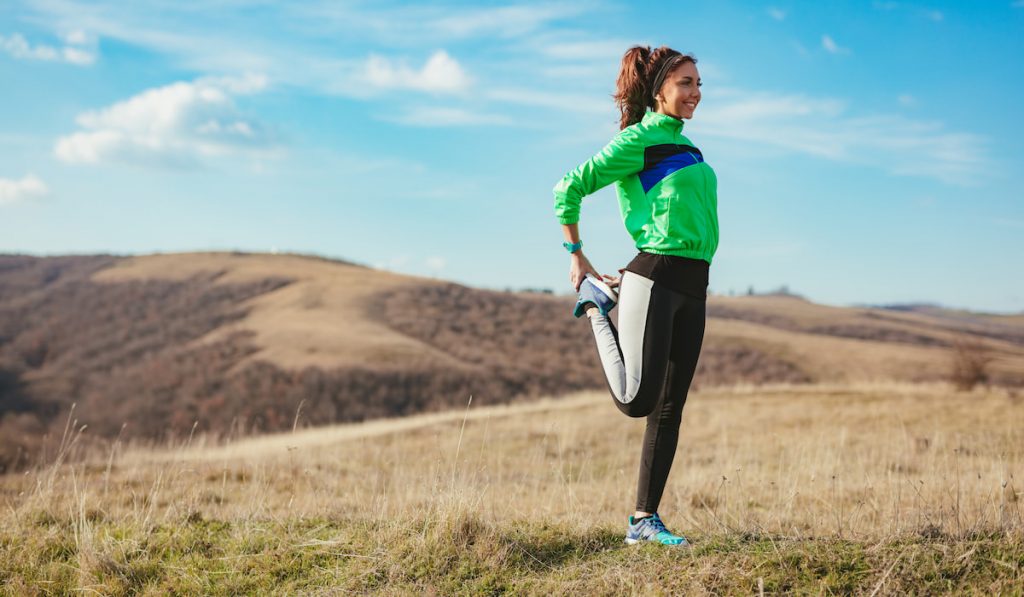
Is It Ok to Keep Running With Runner’s Knee?
It is not ok to keep running with runner’s knee, and you should talk to your doctor before continuing to exercise.
While you have runner’s knee, any intense exercise might worsen the pain and cause permanent damage to your knee. It is vital that you follow your doctor’s advice for treating your knee pain.
Does Runner’s Knee Go Away?
In many cases, runner’s knee will heal on its own, but you must treat the cause of the pain. There are things you can do to help your knee recover faster.
You have to raise it, ice it, compress it, and elevate it (the RICE formula) and you may also have to use painkillers to manage the pain. While runner’s knee goes away in most cases, there are circumstances when people might need surgery.
If you are not getting better after following your doctor and physical therapist’s instructions, you should ask for additional advice on healing the injury. And if you are not already seeing one, you may want to ask for a referral to an orthopedic surgeon for further assessment.
The surgery typically involves removing or correcting whatever is causing the pain in your knee. The surgeons may remove and replace damaged cartilage, or they may need to realign your kneecap.

What Is the Fastest Way to Heal Runner’s Knee?
- Wrap your knee with patellar straps, elastic bandages, or sleeves for extra support.
- Apply ice to your knees to reduce swelling and pain. Apply an ice pack for around 30 minutes every four hours for three days or until you no longer feel pain.
- Put your knee to rest. As much as you can, avoid putting any strain on the knee. Stop any intense workout routine; do not run, squat, sit, lunge, or do anything that aggravates the pain.
- You can do exercises to stretch and strengthen the muscles. If you are unsure about which exercises to do, ask your physical therapist to recommend some.
- Take NSAIDs for the pain. If needed, take NSAIDs like ibuprofen to ease the pain and swelling. Because NSAIDs can cause unwanted side effects, you should speak with a pharmacist or doctor before taking them.
- Place your leg in an elevated position to increase blood flow. You can do this by placing your leg on a pillow when sitting or laying down. Elevating your leg will help the knee to heal quicker.
- Try wearing orthotics or arch supports for your shoes. Orthotics can help position your feet properly, helping you move your knees better.
A Word of Warning
Please take note of the following before you perform any of the exercises in this article.
- Take it easy on your knee. Do not exert your knee in any way, or you may worsen the problem.
- If any of the exercises hurt your knees, skip them.
- Do not rush. Too much stress on your knee before it is fully healed may cause additional problems.
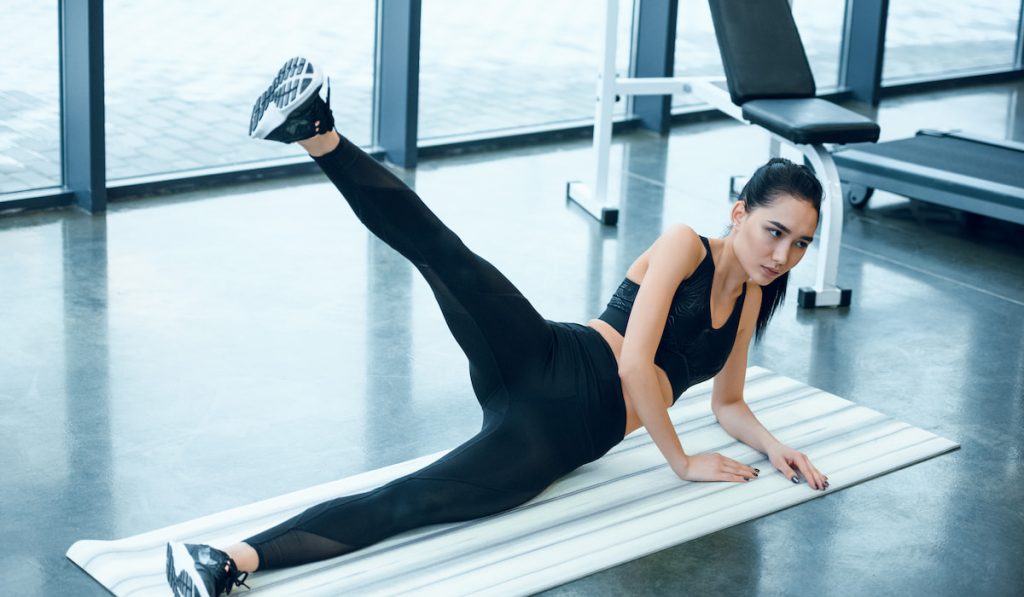
What Is the Best Exercise for Runner’s Knee?
- Standing hip flexor stretch – works the psoas and hip flexors.
- Straight leg lift – works the quads and hips.
- Clam exercise – works the glutes and hips.
- Donkey kick – works the glutes.
- Standing calf stretch – works the shins and calves.
- Step up – works the quads and glutes.
- Wall slide – works calves, quadriceps, and glutes.
- Hamstring stretch – works the hamstring.
- Standing quad stretch – works the quads and hip flexor.
- IT band stretch – works the upper legs, glutes, and hips.
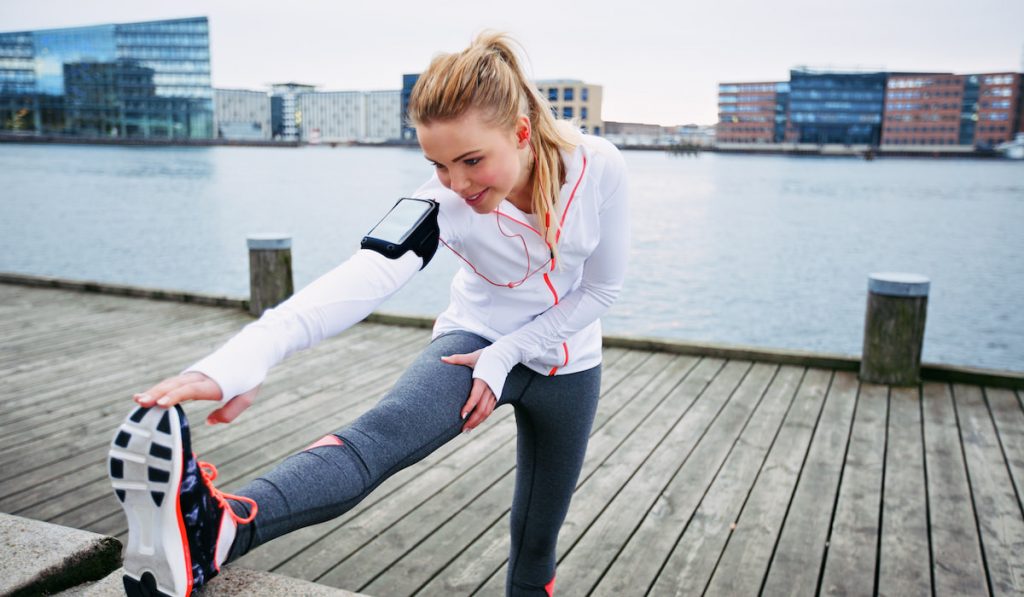
Is Yoga Good for Runner’s Knee?
Yes, yoga is good for runner’s knee, and some yoga postures can strengthen your knees and promote healing.
Yoga is good for runner’s knee and many other athletic injuries. It is no surprise that many runners are looking toward it as an added treatment.
With yoga, you might even be able to avoid getting runner’s knee in the first place. The low intensity of yoga routines reduces the possibility of aggravating the problems with your knee.
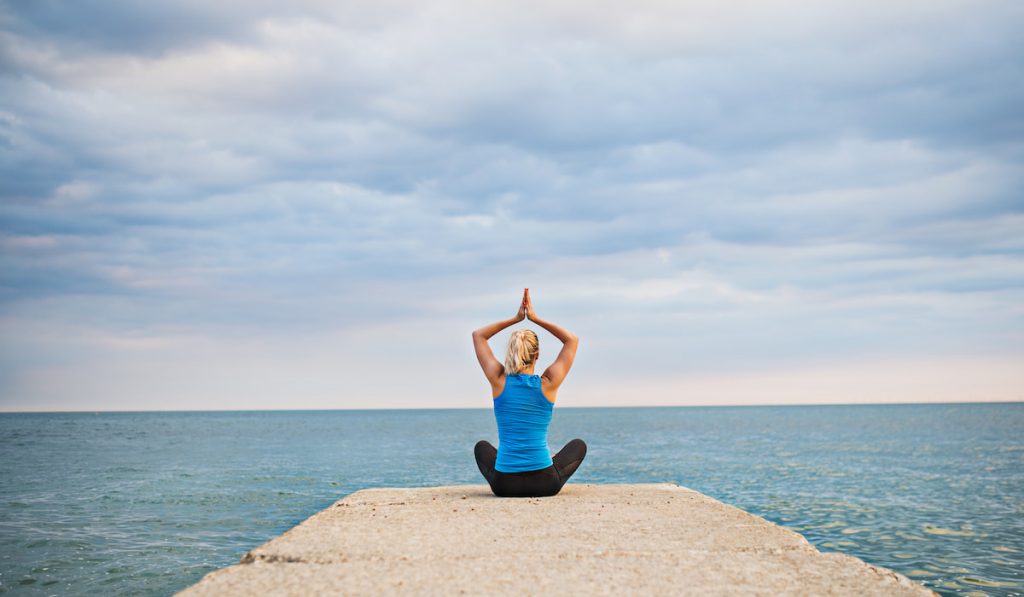
Why is Yoga Good for Runner’s Knee?
Yoga helps strengthen the muscles through gentle poses. As the muscles become stronger through the movements, you might experience reduced inflammation.
According to John Hopkins Medicine, “Slow movements and deep breathing increase blood flow and warm up muscles while holding a pose can build strength.”
At the same time, your muscles and joints may become more flexible. With these changes, your pain will become less intense, and you can better cope.
Beyond easing or helping you cope with the pain, yoga can also prevent runner’s knee. If you do yoga before or after running, you reduce your chances of injury.
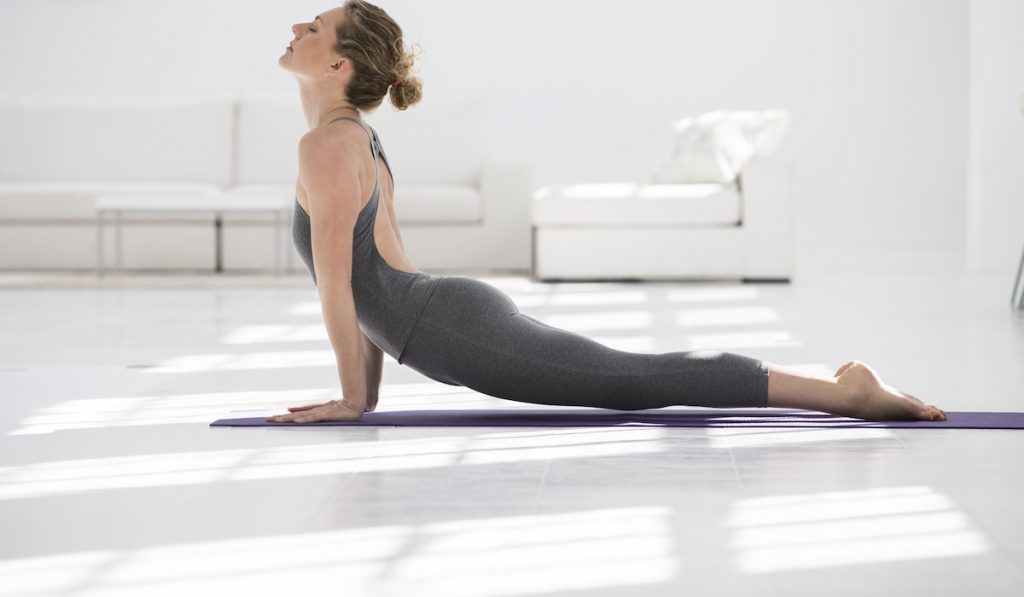
Since yoga is a low-impact exercise, you are unlikely to aggravate your runner’s knee by doing it. But you should still check with your doctor or athletic trainer before doing yoga.
The following are some of the yoga postures you can do to help prevent and heal knee injuries:
- Low Lunge
- Half Lord of the Fishes Pose
- Butterfly or Cobbler Pose
- Hugging Knees Pose
- Lizard Stretch
- Ankles Crossed Standing Forward Fold
- Reclining Hand to Big Toe Pose
- Upward Facing Dog
- Reclining Pigeon
- Tree Pose
- Downward Facing Dog
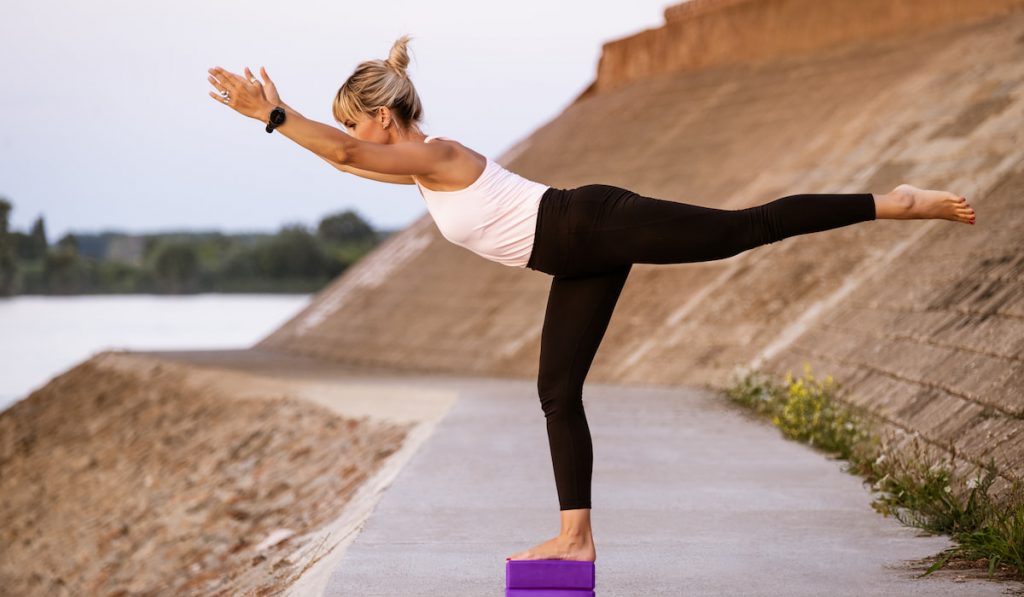
Other Benefits of Yoga for Runners
Beyond helping with your runner’s knee, yoga offers other benefits. Here is a list of ways you can benefit from yoga.
- Yoga can help improve your core strength.
- It can help ease soreness and general discomfort.
- Yoga can improve your flexibility.
- Yoga can also improve blood flow to tight joints. Increased blood flow to the joints reduces inflammation and promotes healing.
- Yoga is perfect for warming up before a workout or cooling down after.
- With yoga, you can gently stretch overworked muscles that may get tight while running.
- Yoga can help restore your range of motion.
- You can keep your fitness routine going with yoga even if you are injured or recovering from an injury.
- Yoga can improve your concentration and focus.
- It can also increase your stamina and drive.
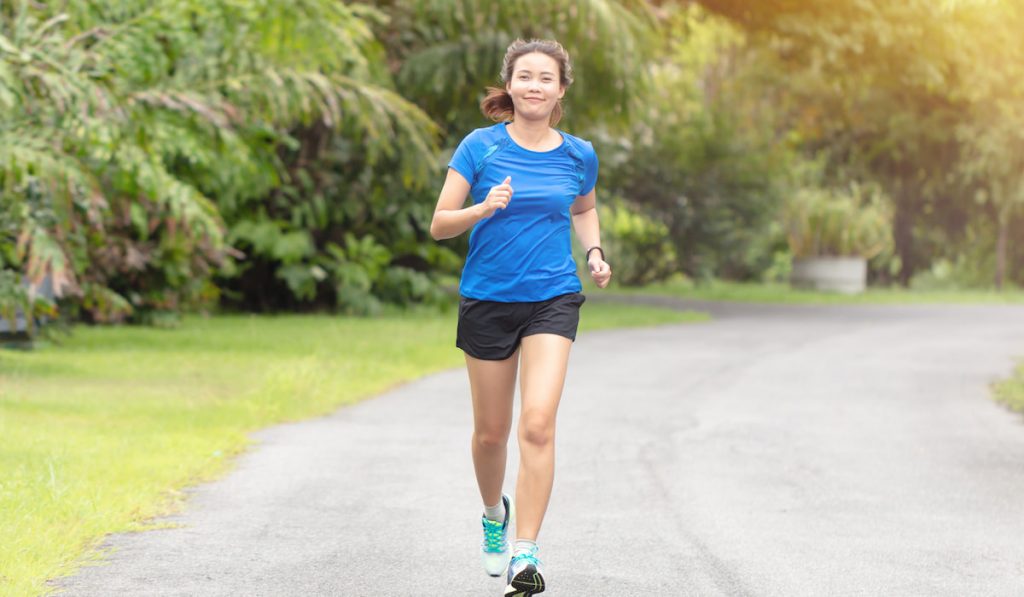
How Do I Start Running Again After Runner’s Knee?
You should only start running again when your knee has healed and you can move your knee consistently without pain. When walking, jogging, jumping, and sprinting do not trigger any discomfort, you can resume running. Additionally, your knee strength should be about the same as before the injury.
When you start running again after having runner’s knee, you should follow these guidelines;
- Take things slowly. Do not run as much or as far as you typically do. Start with less intense routines and shorter distances.
- If you feel pain or discomfort, immediately stop and rest.
- Strengthen your muscles. One way to do this is to include yoga in your daily routine.
- Replace your footwear with a new pair of higher quality.
- Get orthotics if necessary.
Summary
Runner’s knee is a painful condition, and your best bet is to take steps to prevent getting it. Yoga reduces the likelihood of getting runner’s knee by improving your strength and flexibility.
You can also benefit from yoga even if you are currently suffering from runner’s knee. Yoga eases pain by gently strengthening and stretching the leg muscles, reducing inflammation, and increasing flexibility, making the pain less intense.
Resources
- https://www.webmd.com/pain-management/knee-pain/runners-knee
- https://www.anahana.com/en/yoga/yoga-for-runners
- https://www.verywellhealth.com/yoga-pain-relief-5092324
- https://www.healthline.com/health/exercise-fitness/runners-knee-exercises#exercises
- https://trailrunner.com/trail-news/runners-knee-quick-fix/
- https://www.northcentralsurgical.com/blog/get-facts-runners-knee-191.html#
- https://www.footdoctorscolorado.com/faqs/how-soon-can-i-return-to-running-after-runner-s-knee-.cfm
